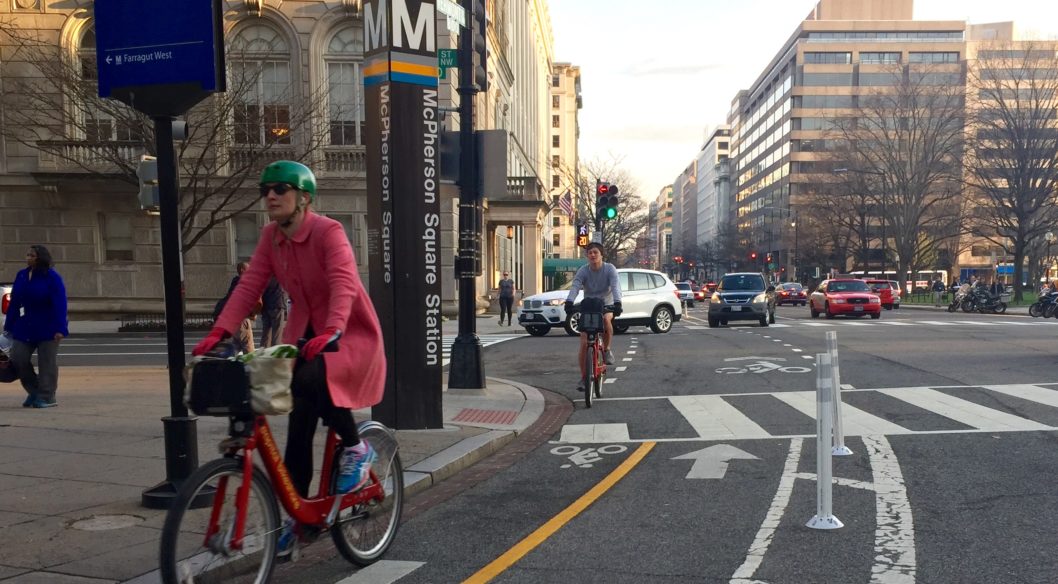This Bikeshare Planning Guide compiles the knowledge, experience, and best practices gleaned
from bikeshare experts, successful (and not so successful) bikeshare systems, and thought-leaders
so that new and expanding bikeshare systems are positioned to succeed. It aims to shed
light on every step of planning, implementing, and expanding—as well as regulating—a bikeshare
system, taking into account a city’s location, size, density, existing transportation network, and
other features. So much has been learned since the release of the first Bikeshare Planning Guide
in 2013. New, innovative technologies, business models, funding mechanisms, and policy
strategies have emerged over just a few years. Given these changes and, in some cases, the
uncertainties they have generated, this edition will take a more descriptive approach to system
planning. Arming cities with knowledge on the planning, design, management and funding
options available to them, as well as potential outcomes yields more successful bikeshare
systems and more sustainable transportation networks.
Bikeshare has taken many forms over the past decade, from free bikes distributed
throughout a community for all to use, to stations where bike rental was managed manually
by an attendant, to the more technologically advanced and secure systems we see in most
cities today. The purpose of bikeshare, though, has always remained the same: enabling
users to pick up a bike in one place and return it to another, making point-to-point, human-powered
transportation practical. The “what” is simple; the “how” is where it gets complicated. Myriad
variables must be taken into account when planning a bikeshare system: the city’s density,
topography, and weather; its commitment to investing in infrastructure; and its political will to
support active transportation, for example.
Many cities have developed and expanded around car travel, sacrificing alternative land uses
and streetscapes scaled to the pedestrian in the process. As cities commit to policies that
prioritize space for people over single-occupancy vehicles and bolster the affordability and
reliability of sustainable transportation modes, bikeshare is critical. A key supplement to
public transportation and ridesharing services, bikeshare has been instrumental in enabling
people to live car-free, which is a critical step in reducing vehicle travel, emissions, traffic
injuries and deaths, etc. Today, cities on every continent offer bikeshare to residents and
visitors alike, and the shared mobility mode continues to spread to cities large and small,
university campuses, employment centers, and even residential developments. Highly
successful systems—like in Mexico City and throughout China—have helped to promote
cycling as a viable and valued transport option. Chinese cities now have the highest usage
of bikeshares and have significantly shifted mode share away from private vehicles.
This Bikeshare Planning Guide explores and provides recommendations on critical planning
topics, with the goal of launching bikeshare systems that are equitable, sustainable,
financially sound, and operate within a diverse transportation network.
